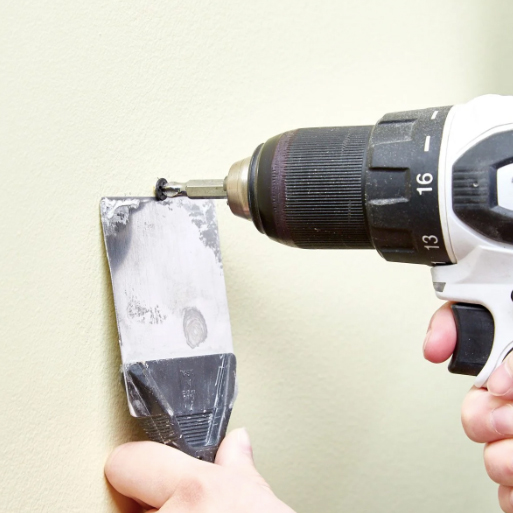Avoid ugly hammer marks

Nails are easier to drive if you take a full swing. But the downside is that if you miss the nailhead, you’ll leave a deep ‘elephant track’ in the decking. Use a 6mm plywood cushion to protect the deck boards in case you miss with a hammer. It allows you to concentrate on nailing without worrying about denting the deck boards. Simply start the nail. Then slip a small square of 6mm plywood over the nail and swing away. Remove the plywood for the last blow.
Testing mitre cuts

An easy way to test whether your table saw is set to 45 degrees is to cut off a short length of your trim, then hold it to a square. A gap means your angle is off.
Circle gets the square

Here’s a magical way to trace arcs and circles for project parts. Tap two finish nails at the ends of a desired diameter, then rotate a framing square against the nails while holding a pencil in the square’s corner. Spray the underside of the square with silicone or rub on some paraffin so it’ll glide smoother. Then practise a little to get the feel of the three-point contact technique.








